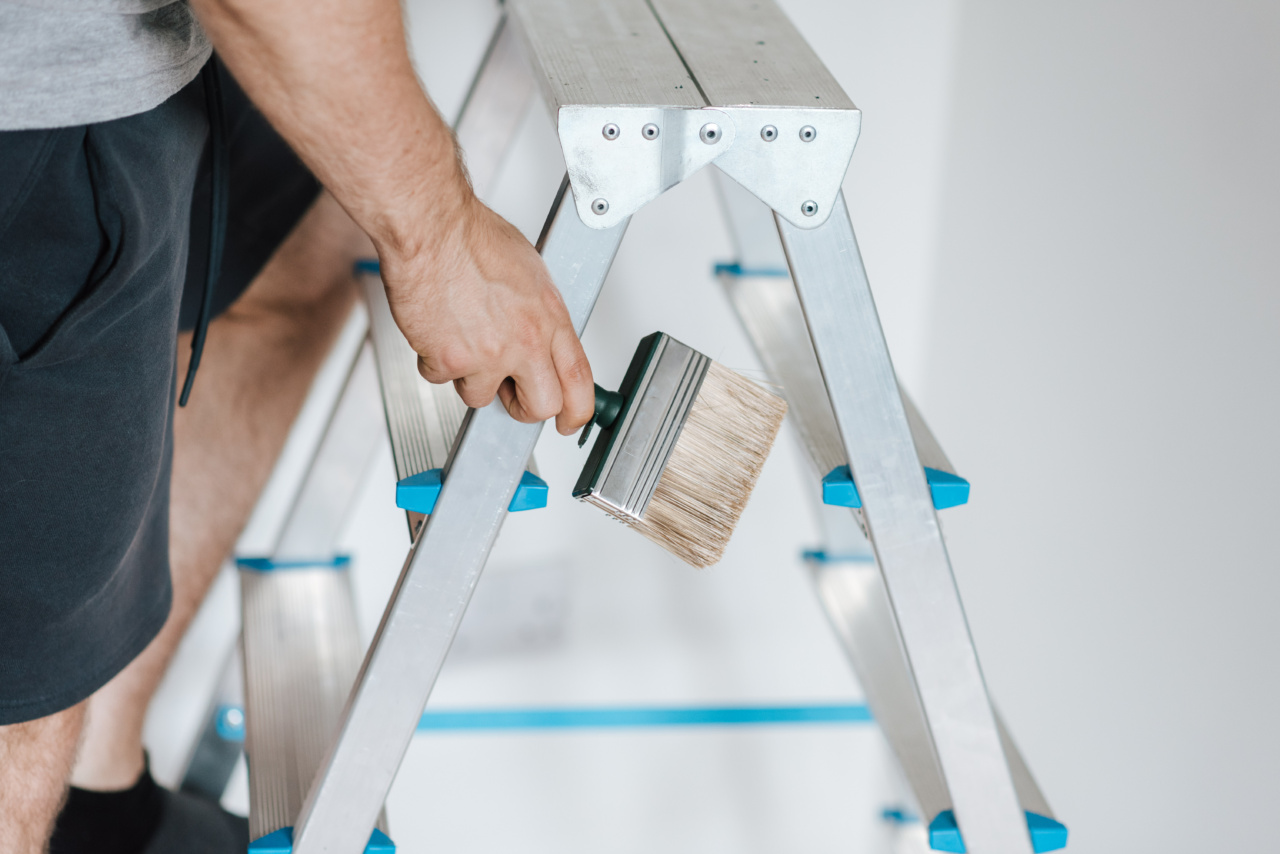Incontinence, or the involuntary leakage of urine, affects millions of people worldwide. It can have a significant impact on one’s quality of life, causing embarrassment, discomfort, and social isolation.
While various treatment options are available, including medications and surgery, incorporating simple exercises into your daily routine can effectively manage and improve incontinence symptoms. These exercises, known as pelvic floor exercises or Kegel exercises, target the muscles that support the bladder and control urination. Here are six easy exercises that can help you regain control and minimize incontinence issues.
1. Kegels
Kegel exercises involve contracting and relaxing the pelvic floor muscles, which are responsible for controlling both urinary and bowel functions. To perform Kegels, follow these steps:.
- Identify the right muscles: Start by trying to stop the flow of urine midstream. The muscles you use to do this are the ones you need to target.
- Contract your pelvic floor muscles: Squeeze and lift the muscles for about 5 seconds, then release.
- Repeat and gradually increase: Aim for 3 sets of 10 repetitions per day. As you progress, gradually increase the duration of each contraction up to 10 seconds.
2. Bridge Pose
The bridge pose helps strengthen the pelvic floor muscles as well as the core and glutes. Follow the steps below to perform this exercise:.
- Lie on your back with bent knees and feet flat on the floor, hip-width apart.
- Slowly lift your hips off the ground, engaging your glutes and pelvic floor muscles.
- Hold the position for a few seconds, then lower your hips back down.
- Repeat for 10-12 repetitions.
3. Squats
Squats are a great exercise for strengthening the lower body, including the pelvic floor muscles. Here’s how to do squats correctly:.
- Stand with your feet shoulder-width apart.
- Lower your body as if you are sitting back into a chair, keeping your weight on your heels.
- Keep your back straight, chest lifted, and engage your pelvic floor muscles throughout the movement.
- Push through your heels to return to the starting position.
- Start with 10 squats and gradually increase the number as you become more comfortable.
4. Supine Foot Taps
This exercise helps strengthen the pelvic floor muscles while engaging the lower abdominal muscles. Follow these steps to perform supine foot taps:.
- Lie flat on your back with your knees bent and feet flat on the floor.
- Tighten your abdominal muscles and press your lower back gently into the floor.
- Slowly lower one foot to tap the floor, then return it to the starting position.
- Alternate between feet, tapping the floor for 10-12 repetitions on each side.
5. Dead Bug
The dead bug exercise targets the core, pelvic floor muscles, and hip flexors. Here’s how to do it:.
- Lie flat on your back with your arms extended toward the ceiling.
- Bend your knees at a 90-degree angle and lift your legs off the ground.
- Keeping your lower back pressed into the floor, simultaneously lower one arm behind your head and the opposite leg to hover above the ground.
- Return to the starting position and repeat on the other side.
- Perform 10-12 repetitions on each side.
6. Pilates-Based Pelvic Curl
This exercise activates and strengthens the pelvic floor muscles, as well as the core and glutes. Follow these steps:.
- Lie on your back with your knees bent and feet flat on the floor.
- Engage your abdominal muscles and tilt your pelvis upward.
- Slowly lift your hips off the ground, one vertebra at a time, until your body forms a straight line from knees to shoulders.
- Hold for a few seconds, then slowly lower your spine back down to the floor.
- Repeat for 10-12 repetitions.
Incorporating these six exercises into your daily routine can go a long way in improving incontinence symptoms. Remember to be consistent and start slowly, gradually increasing the intensity and duration of each exercise.
If you experience any discomfort or pain, it’s essential to consult your healthcare provider. With dedication and perseverance, you can take control of your incontinence and enhance your overall well-being!.


























